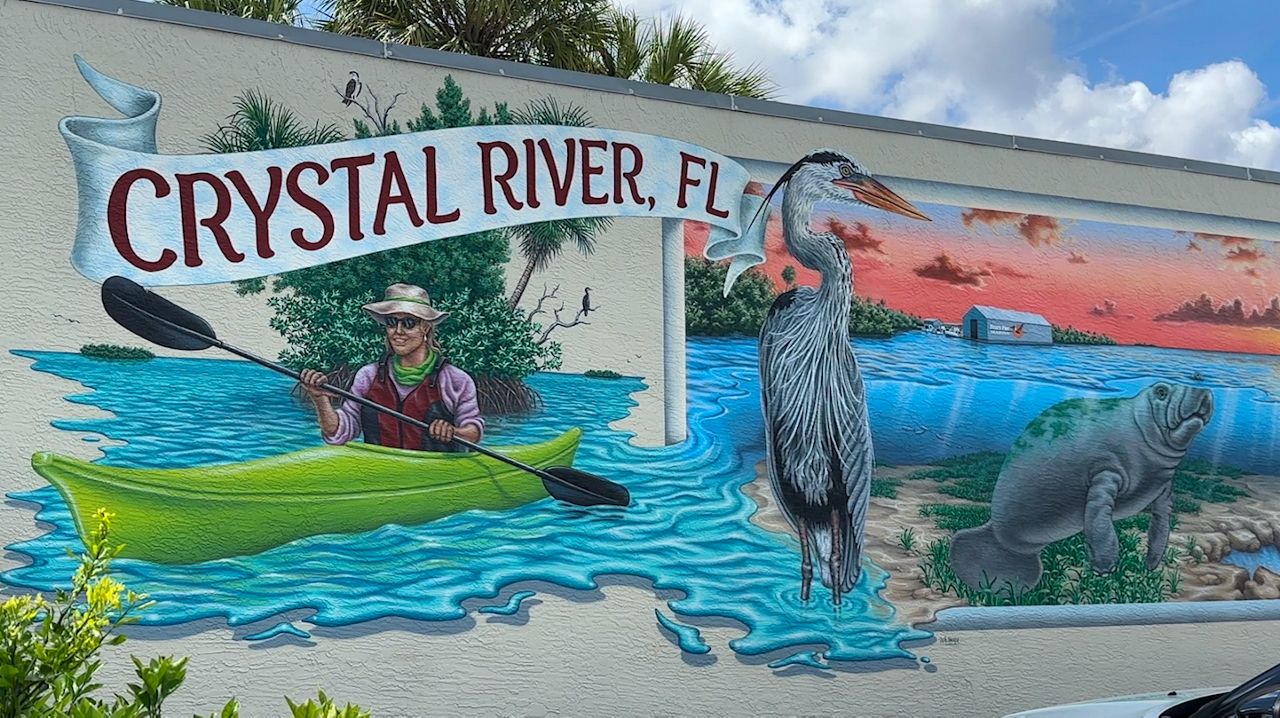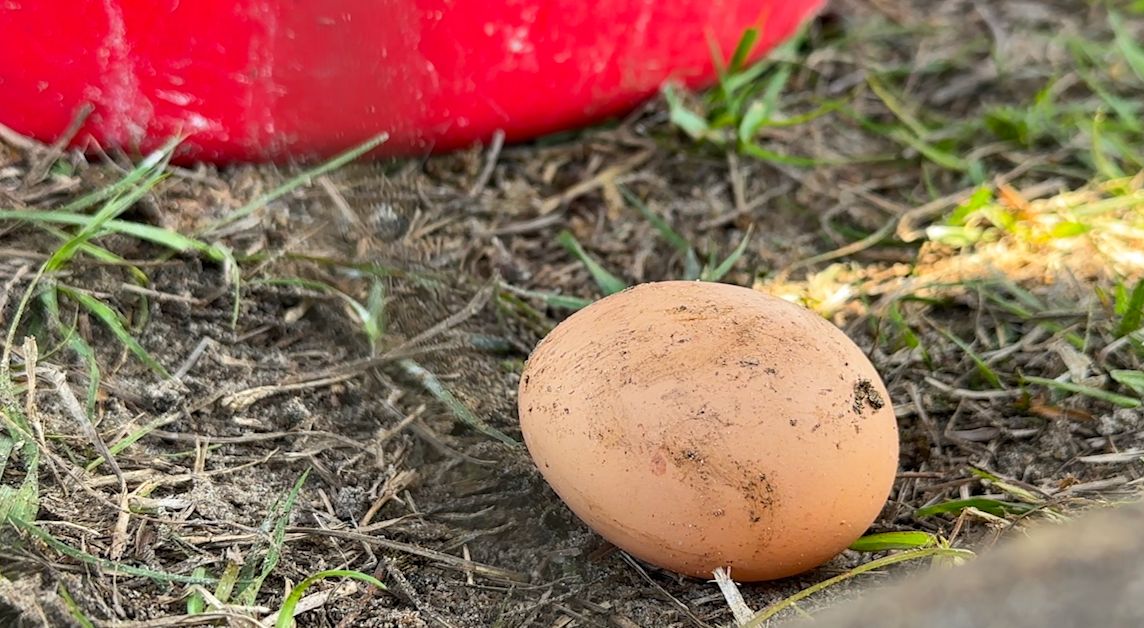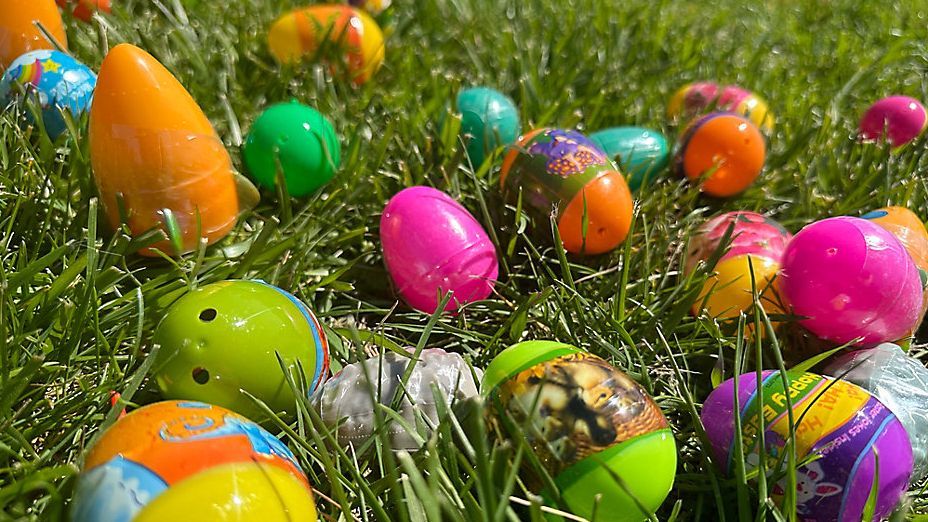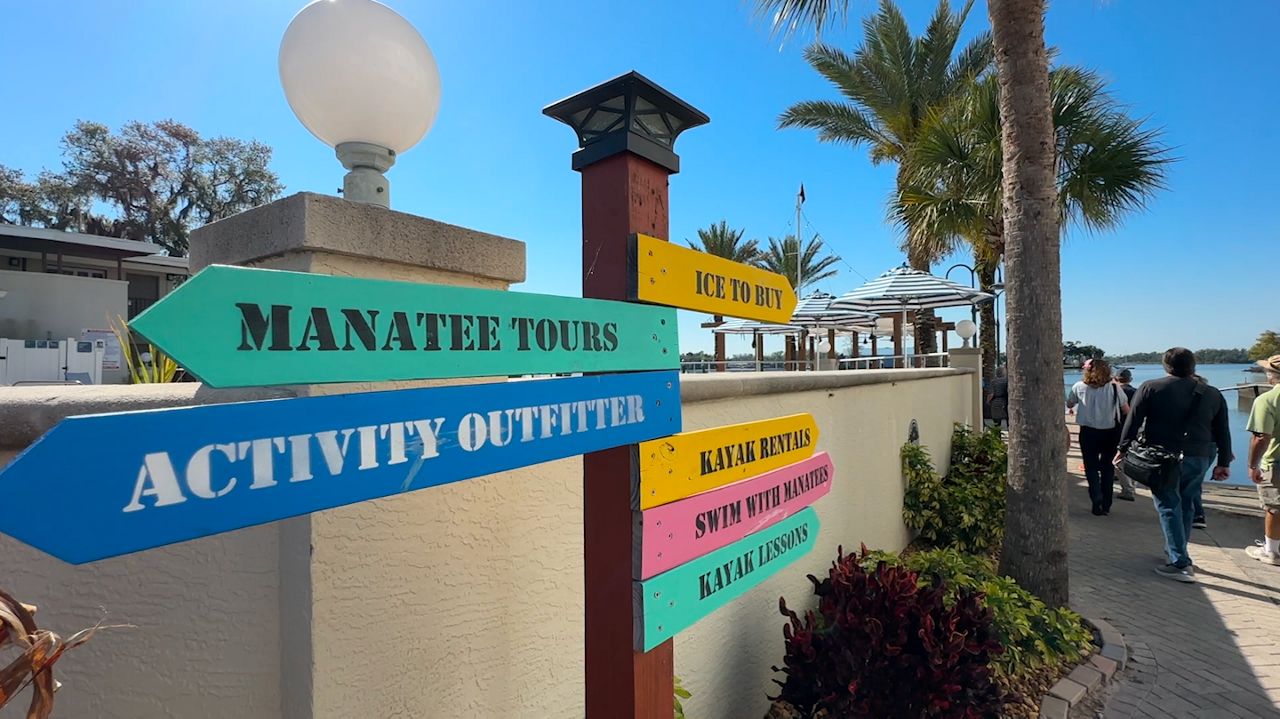CRYSTAL RIVER, Fla. — It’s no secret: Crystal River is the Manatee capital of Florida. Hundreds of people visit the area to catch a glimpse of the gentle giants.
What might come as a surprise, however, is their migration patterns.
After Hurricane Idalia, their primary food source, eelgrass, took a massive hit. And now, manatees are on the move for food and warmth. So what is the outlook on their food source?
One local expert who studies the sea cows all year long has an idea: A job that requires going under the surface.
“I do think they are going to be a little bit thinner.”
For 10 years and counting, Mike Engiles has been offering manatee tours in Crystal River. But this year could be challenging for the animals after Hurricane Idalia.
“They are going to have to work and go further to get food in the winter,” says Engiles, owner of Crystal River Watersports.
The powerful storm wiped out much of their food source.
“While the manatees were here at Magnolia, they had the warm water source, but they also had a food source really close by,” says Engiles. “This year, they’re not going to have that luxury.”
Now, Engiles says the gentle giants will be forced to leave the comfortable, warmer waters close to shore and enter the gulf to find food.
“The manatees come into the Crystal River area for a warm water refuge,” he said. “They don’t have much body fat and they need to be protected from the colder gulf temperatures here.”
About six years ago, “Save Crystal River” began a project to save the bay, planting eel grass closer to the shoreline so that manatees could have warmth and food.
“Unfortunately, this year, Idalia mowed that down,” said Engiles. “The saltwater intrusion killed off the vegetation, the greenery. But we don’t think it’s killed off the roots.”
Aside from his tour business, Engiles is part of a larger network of captains and guides called the Manatee Eco Tourism Association.
“When we, as an industry, see manatees that we think are in distress, we try to document it with video and pictures and identifying marks and report it on that network so that decisions can be made whether a rescue needs to occur,” he said.
It’s still early in manatee viewing season, which Engiles says began in mid-December. But already a few things stand out.
“We’ve seen some skinny manatees already and there’s a couple we’re keeping eyes on at the moment,” he said.
Engiles shared video with us, and as you can imagine, spotting the sea cows this season has actually been easy. A promising sight as he remains hopeful for the future of their food source.
“I fully anticipate it’s going to start growing again in spring,” Engiles said. “We’ll know quickly, probably by the end of March or early April.”
And saving the manatees — as Engiles says — starts with getting everyone educated.
“If everybody that comes out and swims with the manatees becomes an environmentalist, and they want to protect their environment and manatees themselves, that makes for a pretty good day,” he said.
It’s what Engiles will continue to advocate for on each tour.








